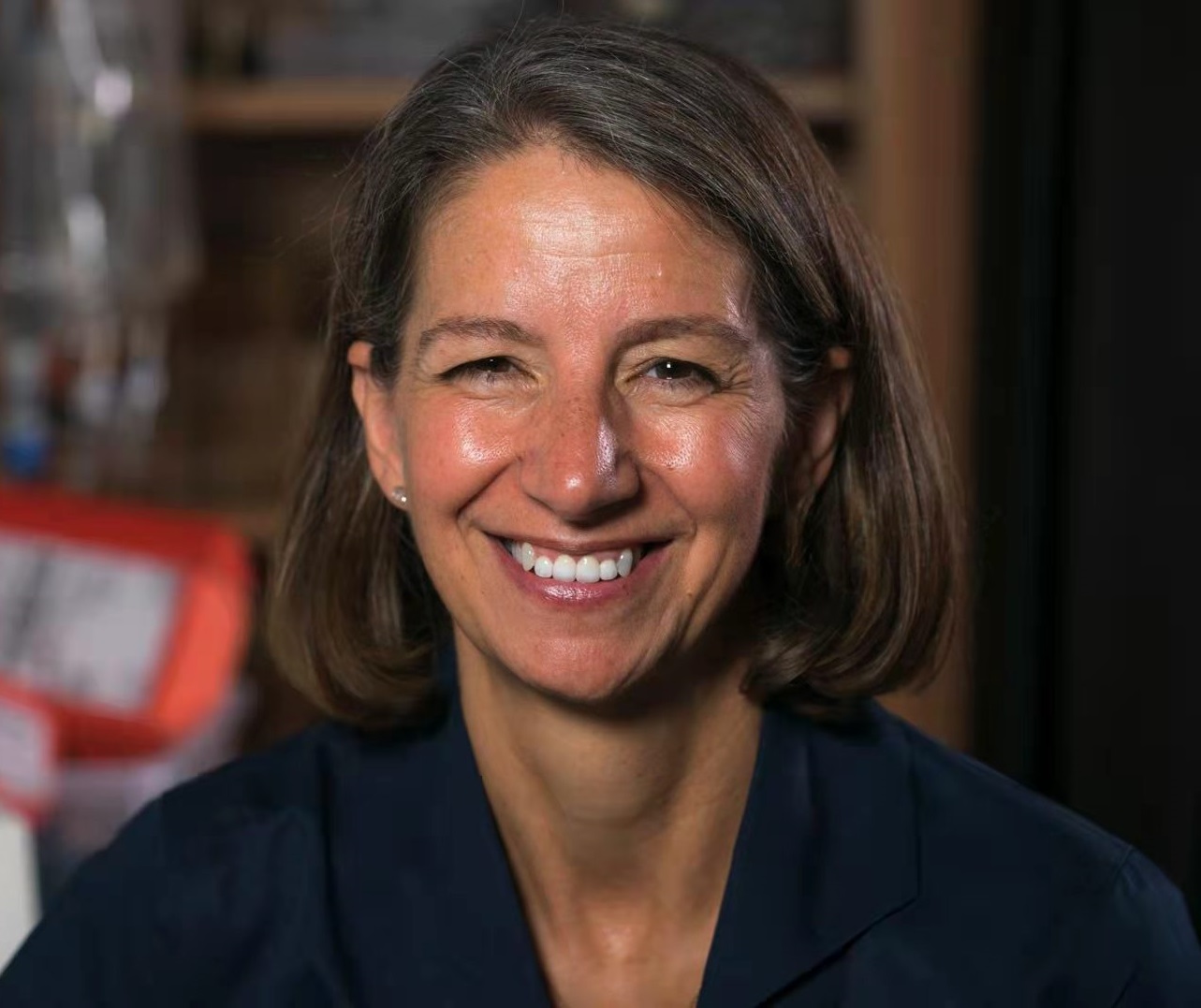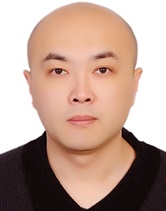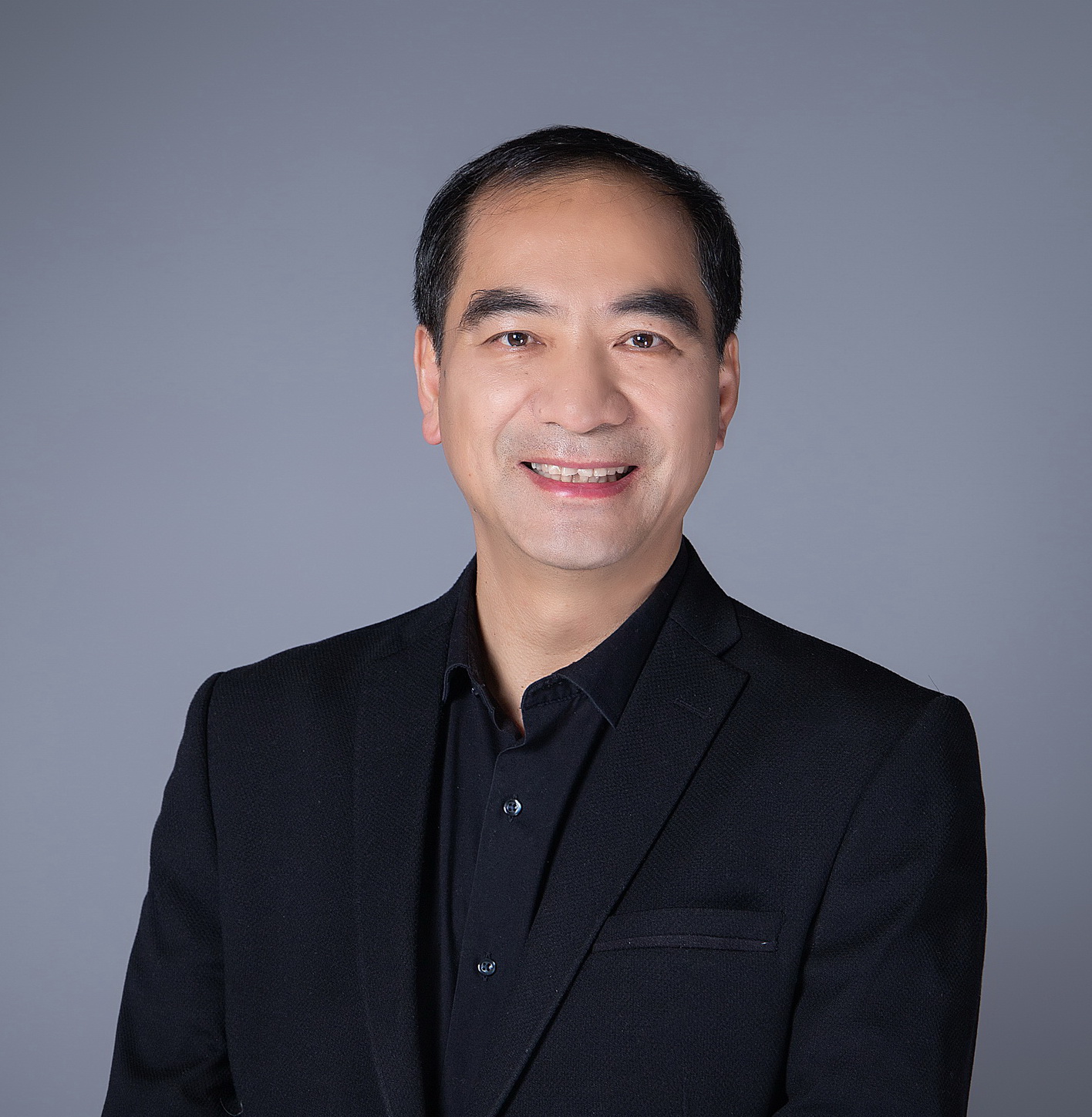

2021年亚洲光电子会议(Photonics Asia 2021)于2021年10月10-12日在江苏省南通创新区南通国际会议中心举行。本次大会由SPIE(国际光学工程学会)和COS(中国光学学会)联合主办。会议共设立17个专题,涵盖光学及光学工程领域近100个研究方向。
会议官网:http://www.paconf.com/pa2021/index.htm
这次大会是光学领域的一次盛会,欢迎您参加本次会议!
.gif)
.gif)
| Plenary Speakers | |
 |
Rebecca Richards-Kortum, Ph.D. |
|
Malcolm Gillis University Professor Director, Rice 360 Institute for Global Health Department of Bioengineering at Rice University rkortum@rice.edu |
|
| Plenary Presentations Low-Cost Optical Technologies to Improve Global Health Equity: Examples from Newborn Health, Women’s Health and COVID-19 |
|
 |
Wentao Wang |
|
State Key Laboratory of High Field Laser Physics and CAS Center for Excellence in Ultra-intense Laser Science Shanghai Institute of Optics and Fine Mechanics (SIOM) Chinese Academy of Sciences (CAS), Shanghai, China |
|
| Plenary Presentations High-quality electron beams and free-electron lasing based on laser wakefield accelerator |
|
 |
Rui Zhu |
|
School of Physics, Peking University, China zhurui3@pku.edu.cn |
|
| Plenary Presentations Advances of Perovskite Solar Cell Technology |
|
 |
Professor Sir Peter Knight FRS |
| Plenary Presentations The UK National Quantum Technology Programme | |
.gif)
| GENERAL CHAIRS | |
 |
David L. Andrews SPIE President University of East Anglia (UK) |
 |
Qihuang Gong COS President Peking University (China) |
|
|
|
.gif)
| GENERAL CHAIRS | |
 |
David L. Andrews SPIE President University of East Anglia (UK) |
 |
Qihuang Gong COS President Peking University (China) |
|
|
|
 |
Rebecca Richards-Kortum, Ph.D. |
| Malcolm Gillis University Professor Director, Rice 360 Institute for Global Health Department of Bioengineering at Rice University rkortum@rice.edu |
|
| Low-Cost Optical Technologies to Improve Global Health Equity: Examples from Newborn Health, Women’s Health and COVID-19 | |
|
Abstract: This talk will examine the challenges of designing and translating new low-cost optical technologies to improve global health equity, drawing from examples to improve newborn survival in African hospitals, to improve early detection of cervical cancer for women in Texas and Latin America, and to improve point-of-care diagnosis of COVID-19. The talk will summarize lessons learned to increase the diversity of innovation teams, and to increase the impact and sustainability of the resulting innovations. Education: Massachusetts Institute of Technology, Ph.D., Medical Physics Massachusetts Institute of Technology, M.S., Physics University of Nebraska, B.S., Physics and Mathematics Rebecca Richards-Kortum, Ph.D. is the Rice University Malcolm Gillis University Professor of Bioengineering, the Director of Rice 360°: Institute for Global Health, and serves as the special advisor to the Provost on health-related research and educational initiatives. Her research has been instrumental in improving early detection of cancers and other diseases, especially in low-resources settings. She is currently working with colleagues and undergraduate students to develop a Nursery of the Future to provide technologies necessary to reduce neonatal death in sub-Saharan Africa to rates equivalent to the United States. Richards-Kortum’s research has led to the development of 40 patents. She is author of the textbook Biomedical Engineering for Global Health (Cambridge University Press, 2010), more than 230 refereed research papers and 11 book chapters. Her teaching programs, research and collaborations have been supported by generous grants from the National Cancer Institute, National Institutes of Health (with more NIH grants than any other Rice professor), National Science Foundation, U.S. Department of Defense, Howard Hughes Medical Institute, Bill & Melinda Gates Foundation, Whitaker Foundation, and the Virginia and L.E. Simmons Family Foundation. She is a member of numerous academic associations including the National Academy of Sciences, the National Academy of Engineering and the American Academy of Arts and Sciences. As a member of both the National Academy of Sciences and the National Academy of Engineering, she has the rare distinction of dual membership in the National Academies. In 2016, The American Institute for Medical and Biomedical Engineering (AIMBE) presented its highest honor, the Pierre Galletti Award to Dr. Richards-Kortum. In 2008, she was named a Howard Hughes Medical Institute Professor and subsequently received a grant for the undergraduate global health program at Rice. This program won the Science Prize for Inquiry-Based Instruction from Science magazine and the Lemelson-MIT Award for Global Innovation. |
|
 |
Wentao Wang |
| State Key Laboratory of High Field Laser Physics and CAS Center for Excellence in Ultra-intense Laser Science, Shanghai Institute of Optics and Fine Mechanics (SIOM), Chinese Academy of Sciences (CAS), Shanghai, China | |
| High-quality electron beams and free-electron lasing based on laser wakefield accelerator | |
|
Abstract: X-ray free-electron lasers can generate intense and coherent radiation at wavelengths down to the sub-ångström region, and have become indispensable tools for applications in structural biology and chemistry, among other disciplines. Several X-ray free-electron laser facilities are in operation; however, their requirement for large, high-cost, state-of-the-art radio-frequency accelerators has led to great interest in the development of compact and economical accelerators. Laser wakefield accelerators can sustain accelerating gradients more than three orders of magnitude higher than those of radio-frequency accelerators, and are regarded as an attractive option for driving compact X-ray free-electron lasers. However, the realization of such devices remains a challenge owing to the relatively poor quality of electron beams that are based on a laser wakefield accelerator. After ten years of efforts, we present an experimental demonstration of undulator radiation amplification in the exponential-gain regime by using electron beams based on a laser wakefield accelerator. The amplified undulator radiation, which is typically centred at 27 nanometres and has a maximum photon number of around 1010 per shot, yields a maximum radiation energy of about 150 nanojoules. The results constitute a proof-of-principle demonstration of free-electron lasing using a laser wakefield accelerator, and pave the way towards the development of compact X-ray free-electron lasers based on this technology with broad applications. In future, a laboratory-scale, ultra-brilliant FEL (around 10 m in size), with the advantages of low cost (approximately US$5 million), high temporal resolution (femtosecond-level), high resolution (nanometre-level), and ultra-high precision timing control (less than 1 fs), could gain popularity. Biography: Wentao Wang is a professor of Shanghai Institute of Optics and Machinery, Chinese Academy of Sciences. His research interests include laser wakefield electron accelerator and compact radiation sources, with a preference for experimental physics. He and his colleagues have published more than 50 papers in Nature, Physical Review Letters and others. He was awarded "2016 China Optical Important Achievement Award", "2019 Excellent Member of Youth Innovation Promotion Association, CAS" and other honors. |
|
 |
Rui Zhu |
| School of Physics, Peking University, China zhurui3@pku.edu.cn |
|
| Advances of Perovskite Solar Cell Technology | |
|
Abstract: Perovskite solar cells have attracted tremendous attentions in recent years due to the high device performance and the superior optoelectronic properties of perovskite materials. In this talk, I will give an introduction about the advances of perovskite solar cells. Then, I will present our efforts on improving the device performance and understanding the device physics of perovskite solar cells. In addition, I will also discuss the advantages of perovskite solar cells for space aircraft application. We have some preliminary efforts of sending the perovskite solar cells into the near space. I hope to share our view about the way out for perovskite solar cell technology. Keywords: Perovskite solar cells, High performance, Device physics, Device characterization, Non-radiative recombination loss, Space aircraft application References: 1. Advanced Materials, 2021, 33, 2006435 2. Nature Communications, 2021, 12, 2479 3. Nature Reviews Materials, 2020, 5, 44 4. Science China-Physics, Mechanics & Astronomy, 2019, 62, 974221 5. Science, 2018, 360, 1442 Biography: Prof. Rui Zhu has been focusing on the researches of novel optoelectronic materials and device physics. Specifically, he is working on the “next-generation” solar cells, such as perovskite solar cells, organic solar cells, etc.. He received his B.S. degree from Nanjing University in 2003 and Ph.D. degree from Fudan University in 2008, working on organic light-emitting materials and devices. From 2007 to 2009, he worked on the solid-state dye-sensitized solar cells and semiconducting metal oxide nanowires at the National University of Singapore as a research fellow. Then, he joined University of California, Los Angeles as a postdoctoral researcher. Since 2013, he has been working at Peking University as a tenured-tracked associate professor in the School of Physics. In 2019, he has been promoted to the tenured faculty position. He has authored more than 90 papers in Science, Nature Reviews Materials, Nature Photonics, Nature Energy, Nature Communications and Advanced Materials series. He was granted by the Outstanding Youth Foundation from National Natural Science Foundation of China. |
|
 |
Professor Sir Peter Knight FRS |
| Blackett Laboratory, Imperial College, London SW72AZ, UK & Chair of the UK National Quantum Technology Strategic Advisory Board for UKRI |
|
| The UK National Quantum Technology Programme | |
|
Abstract: The UK through a mix of government and industry funding has committed more than £1Bn over 10 years to a coordinated programme in quantum technology. Seven years into this programme I will describe here how we got there, and our goals for the future. The UK National Quantum Technology Programme has induced a step change in the UK’s capabilities for pushing forward a new sector in future information technologies. I describe how the programme arose and the activities it supported and influenced to deliver these new capabilities, building on a first phase almost £480M investment across several UK government agencies. The UK programme is now in its second phase, with a further substantial investment by UK government and global industries in the UK making a total of over £1Bn. I will describe our plans for ensuring the advanced quantum science and demonstrator platforms in imaging, sensing, communications and computing developed over the past seven years will drive the formation of the QT sector and embed quantum tech in a broad range of industries. References: 1. 1. “Blackett Review: The Quantum Age: technological opportunities.” Government Office for Science, Available: https://www.gov.uk/government/publications/quantum-technologies-blackett-review; https://uknqt.ukri.org/files/strategicintent2020/; Peter Knight and Ian Walmsley 2019 Quantum Sci. Technol. 4 040502 Biography: Professor Sir Peter Knight is Senior Research Investigator in the Physics Department at Imperial College and Senior Fellow in Residence at the Kavli Royal Society International Centre at Chicheley Hall. He retired in September 2010 as Deputy Rector (Research) at Imperial College where he was responsible for the College’s research strategy. He is President of the Institute of Physics (from 2011-2013). He was a member of the Imperial College Management Board and Council, and Professor of Quantum Optics. He was knighted in the Queen’s Birthday Honours List in 2005 for his work in optical physics. He was until 2008 Principal of the Faculty of Natural Sciences at Imperial College London. He was Head of the Physics Department, Imperial College London from 2001 to 2005. Peter Knight is a Past-President of the Optical Society of America and was for 7 years a member of their Board of Directors. He is a Director of the OSA Foundation. He was coordinator of the SERC Nonlinear Optics Initiative, pastchair of the EPS Quantum Electronics and Optics Division and Editor of the Journal of Modern Optics from 1987 to 2006. He is Editor of Contemporary Physics and serves on a number of other Editorial Boards. He is a Thomson-ISI “Highly Cited Author.” Sir Peter was until December 2010 chair of the Defence Scientific Advisory Council at the UK Ministry of Defence, remains a Government science advisor and was a Council member of the Science and Technology Facilities Council until 2012. Sir Peter was also Chief Scientific Advisor at the UK National Physical Laboratory until the end of 2005. His research centres on theoretical quantum optics, strong field physics and especially on quantum information science. He has won a number of prizes and awards including the Thomas Young Medal and the Glazebrook Medal of the Institute of Physics, the Ives Medal of the OSA and the Royal Medal of the Royal Society. He has been a Visiting Professor at the University of Louvain-la-Neuve, a Humboldt Research Award holder at the University of Konstanz and a Visiting Scholar at the University of Texas at Austin and at the University of Rochester. He is a Fellow of the Institute of Physics, the Optical Society of America and of the Royal Society. He was an elected member of Council of the Royal Society from 2005 to 2007 and was a member of their Audit Committee and chair of the Hooke Committee responsible for scientific meetings at the Royal Society. He is chair of the University Research Fellowships Ai Panel for 2010-13. |
|

